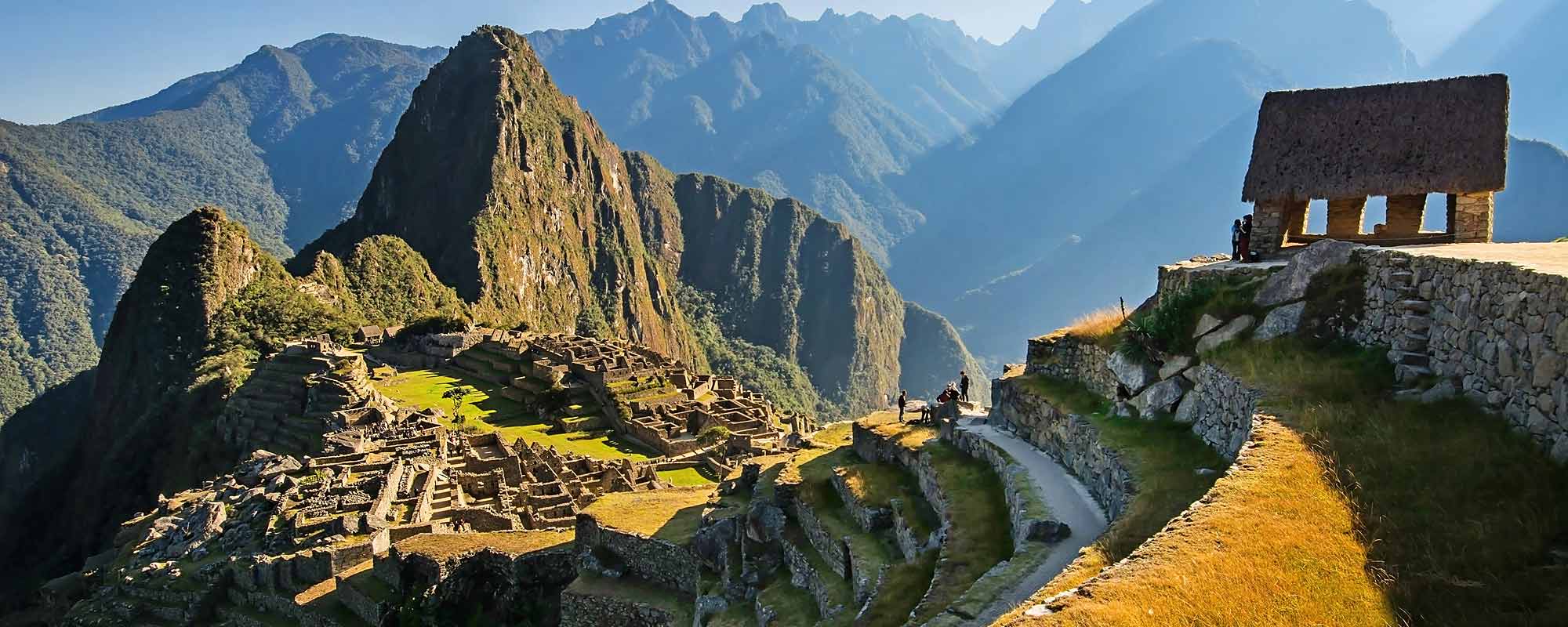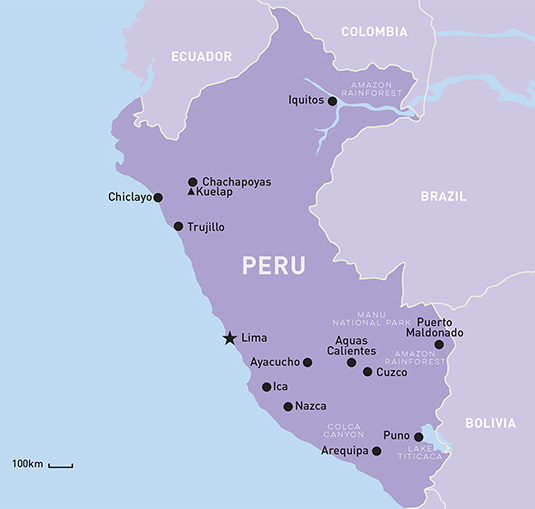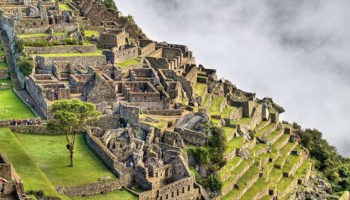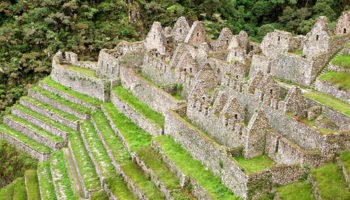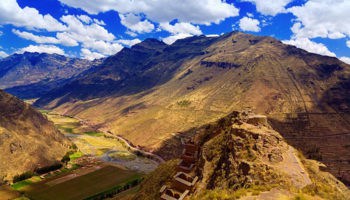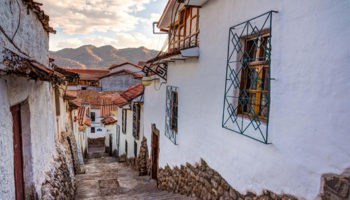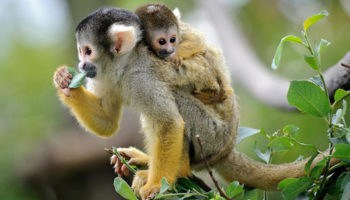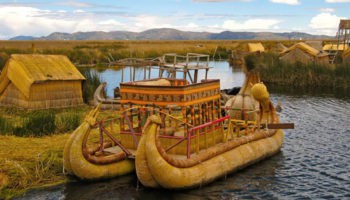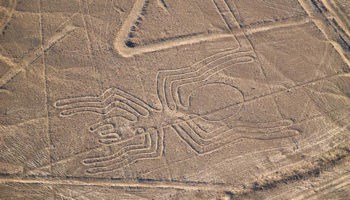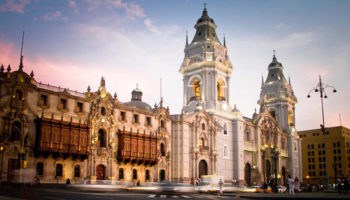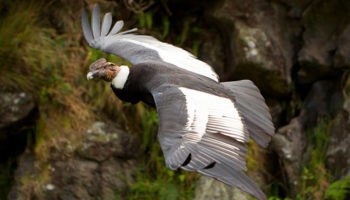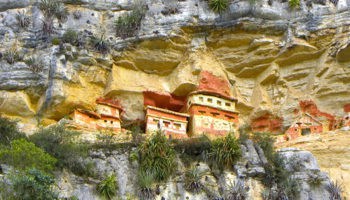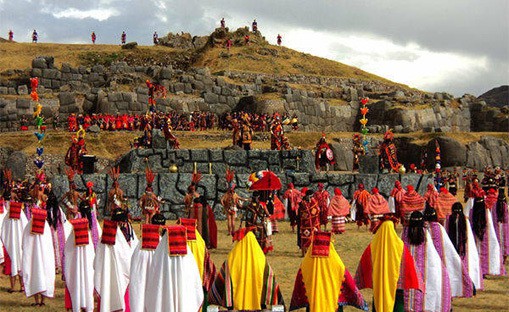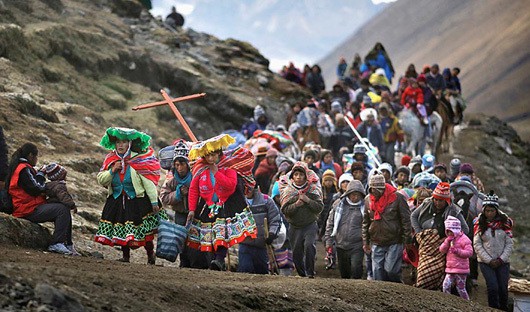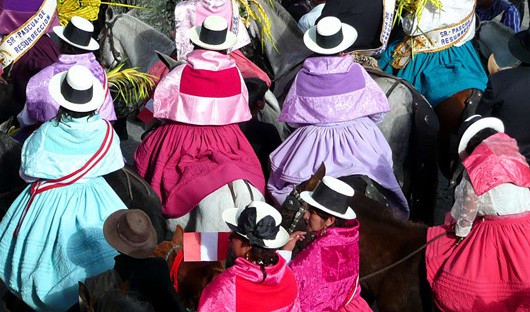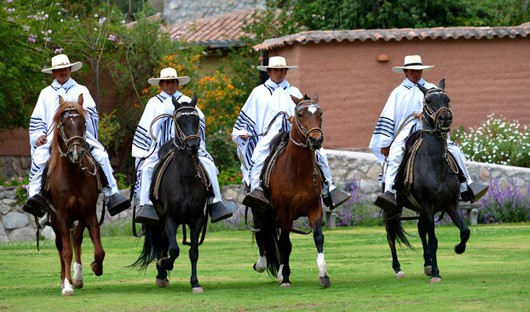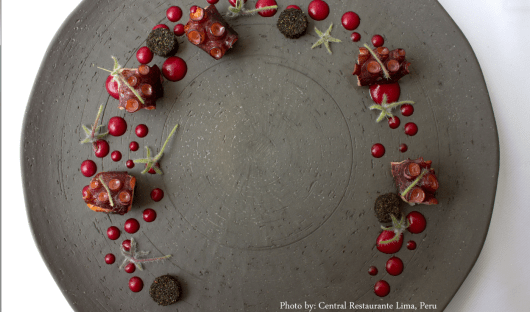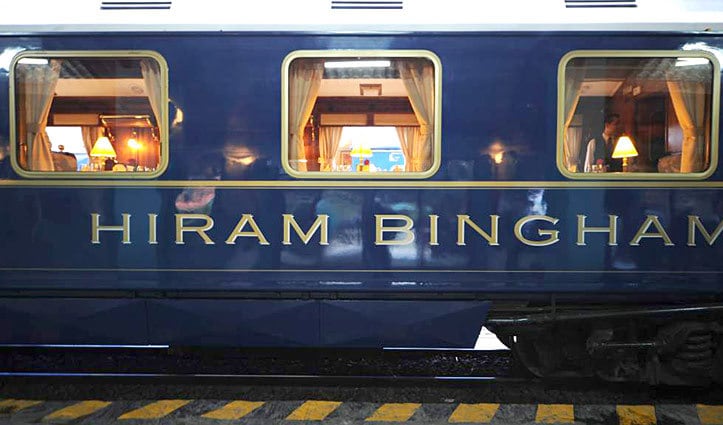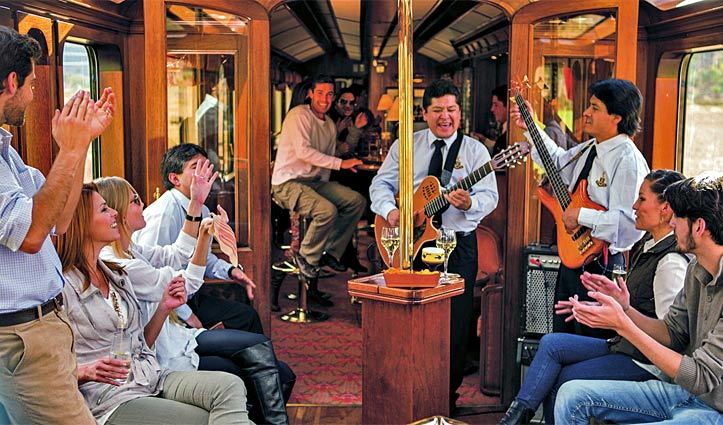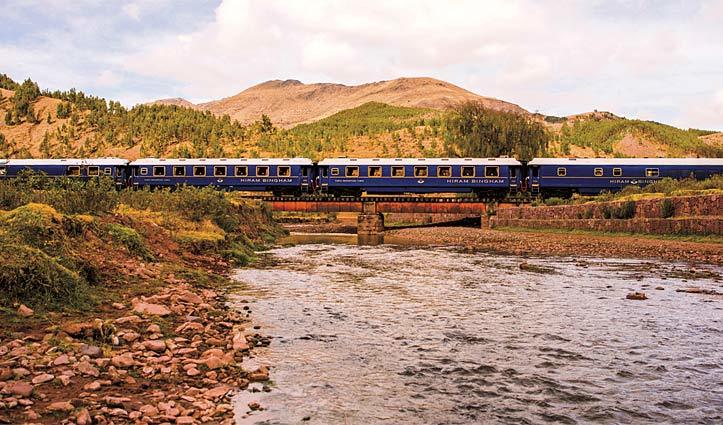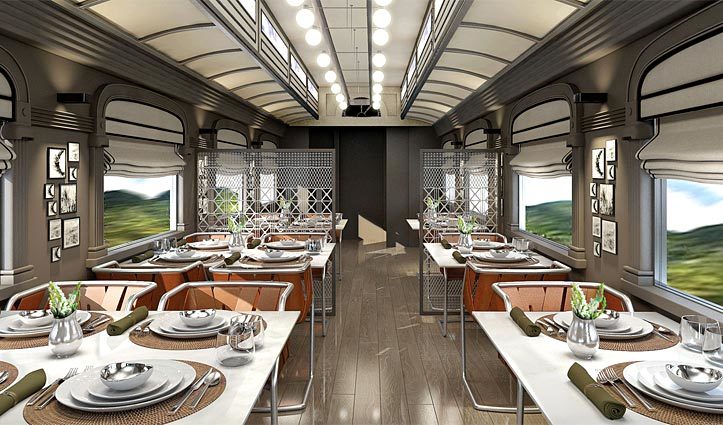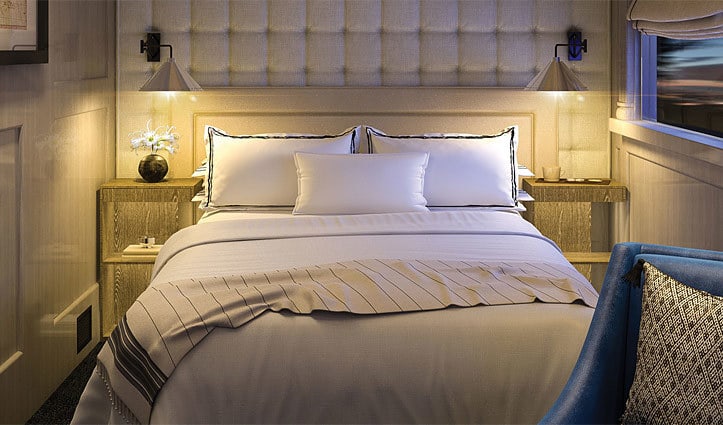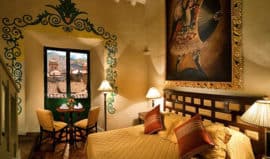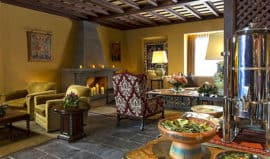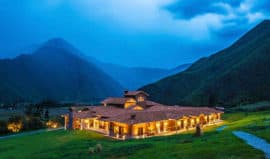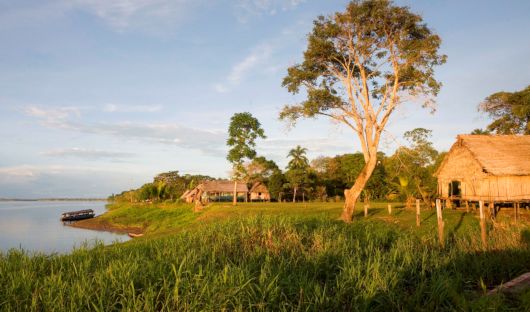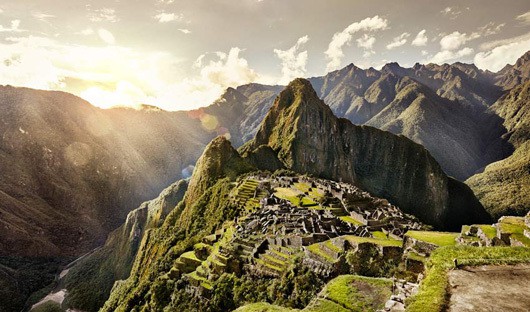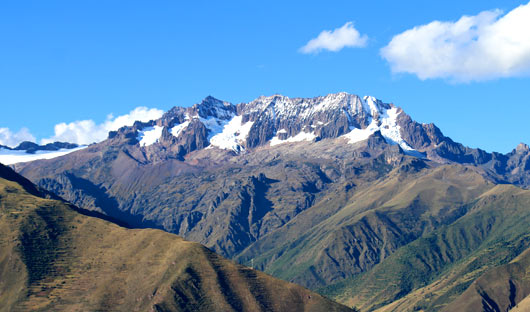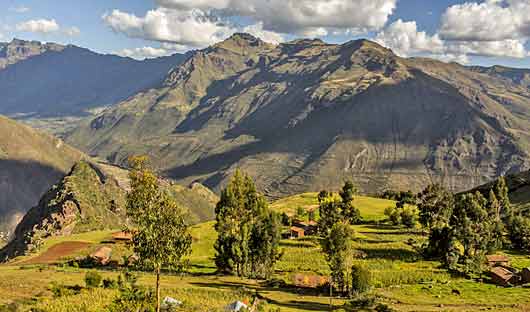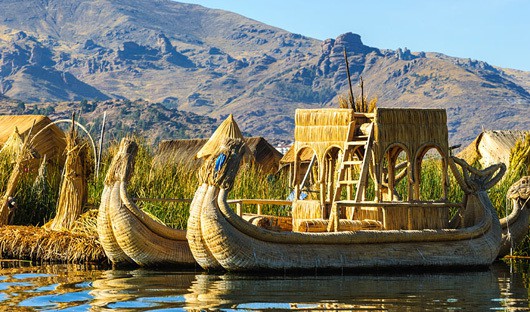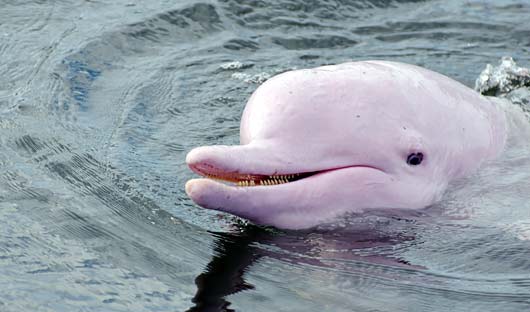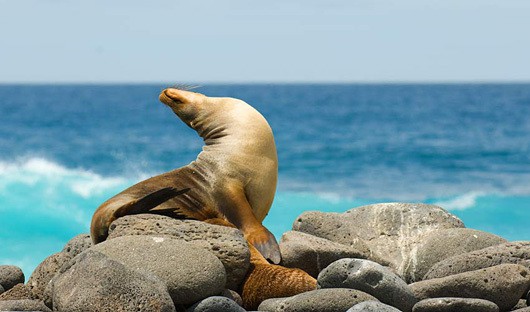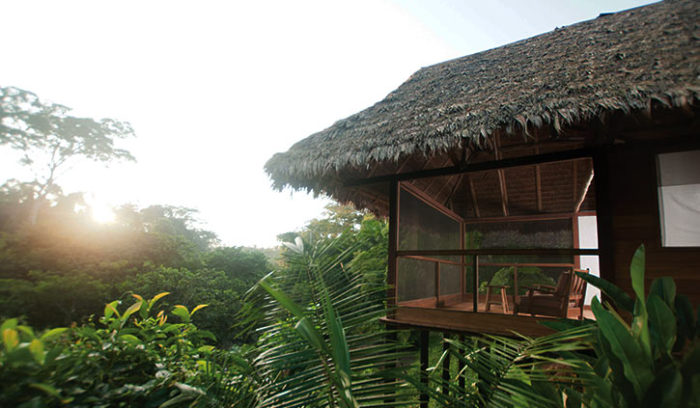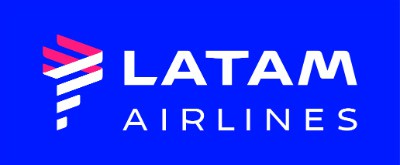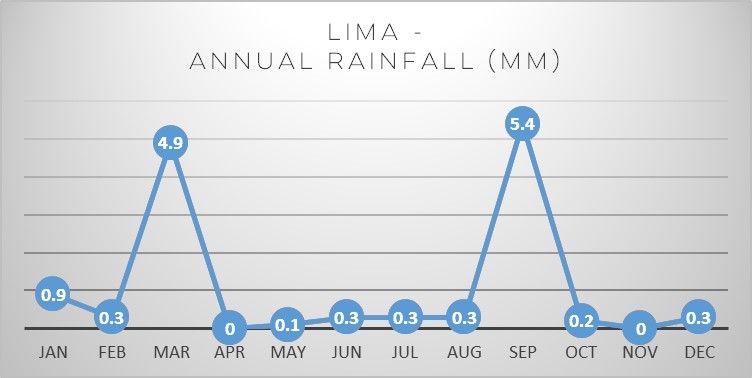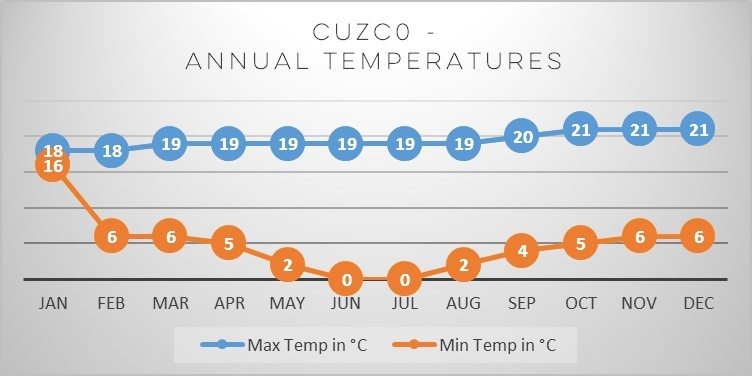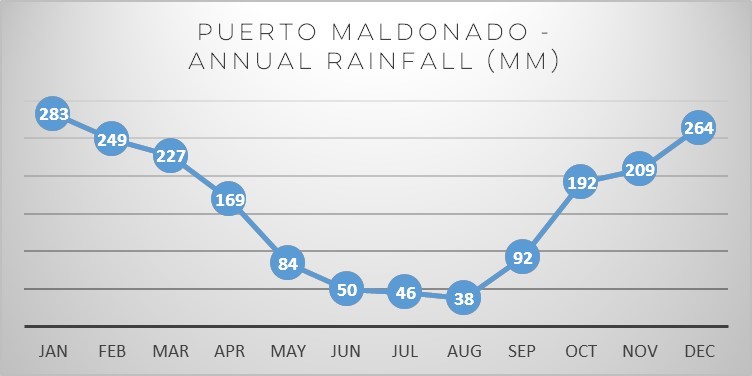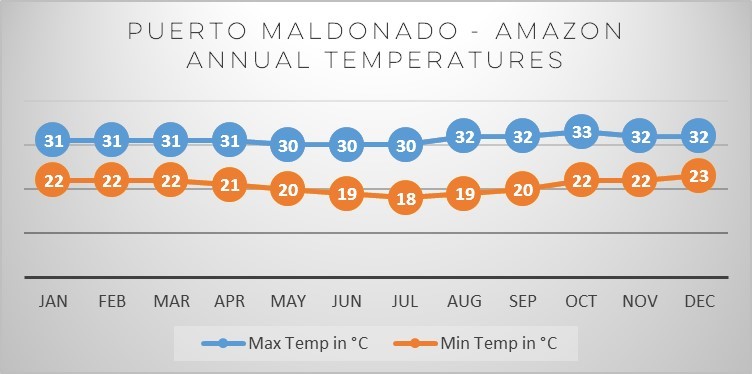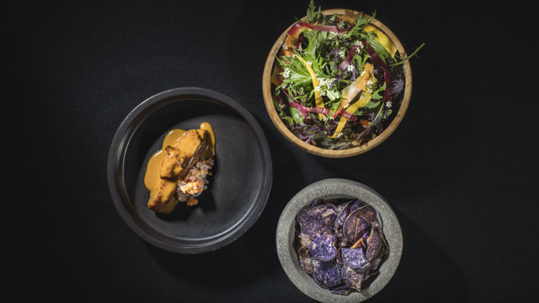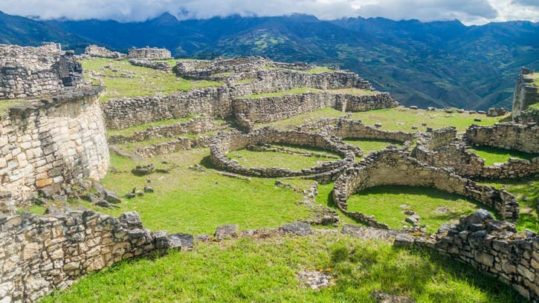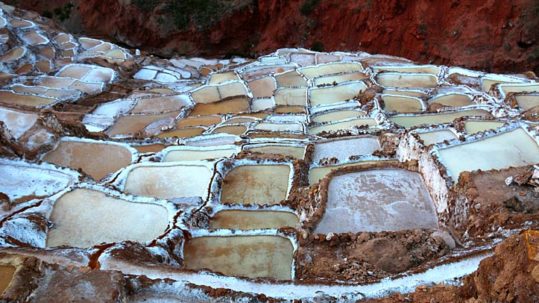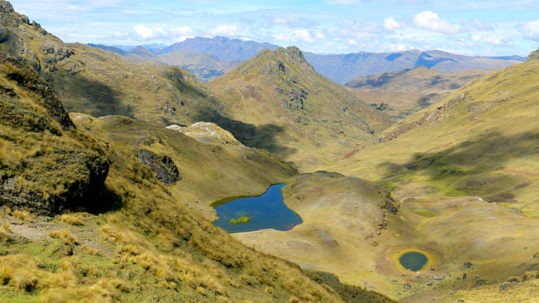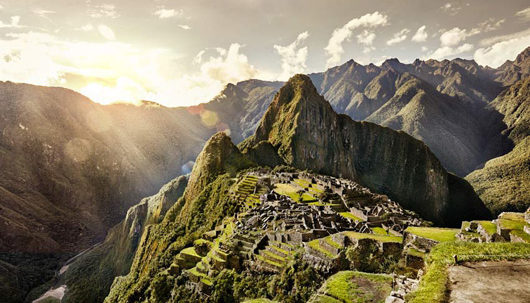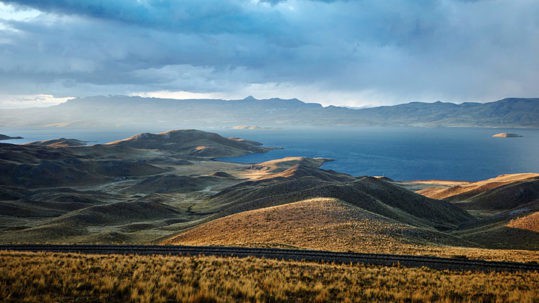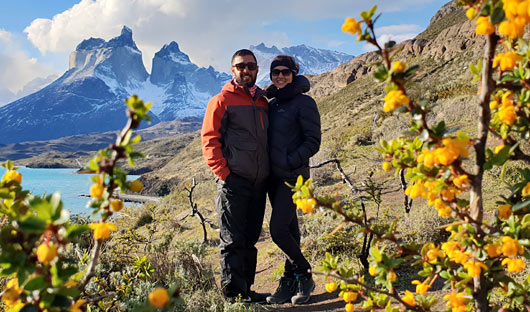Ayacucho PeruSemana Santa (Holy Week) is the most important religious festival in Latin America and takes place everywhere, although the most famous events are in Peru, Ecuador, Chile and Colombia. And in Peru, probably the most renowned are Ayacucho’s spectacularly colourful processions and celebrations – during that period the town overflows although, surprisingly, with comparatively few foreigners.
The small colonial towns in the rugged Central Sierra were long isolated by their geography and are probably the least-visited in Peru; as a result they have remained the least-spoiled. More than most, Ayacucho has retained its original atmosphere and is filled with colonial buildings, beautiful houses, museums, and 33 ornately decorated stone churches, one for each year in the life of Jesus. Although founded in 1540 and settled by the Spaniards, today it is home to the Morocucho people, a sub-group of the indigenous Quechua.
Ayacucho’s Holy Week ceremonies actually go on for 10 days, beginning the Friday before Palm Sunday and finishing on Easter Sunday. Each day sees religious rituals and sombre yet colourful processions until, following the sorrowful rites of Good Friday, Saturday entirely changes tone. As a traditional belief holds that, since Christ is dead and not yet risen, there is no such thing as a sin on this day, so participants can behave as they please and it becomes an all-night party culminating in fireworks at dawn to celebrate the resurrection of Christ.
As well as the religious parades, Ayacucho’s festivities draw huge crowds to open-air markets with handicrafts, traditional food, music concerts, folk-dancing, agricultural fairs and sporting events (particularly equestrian).


